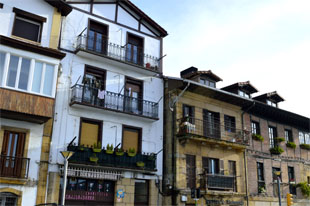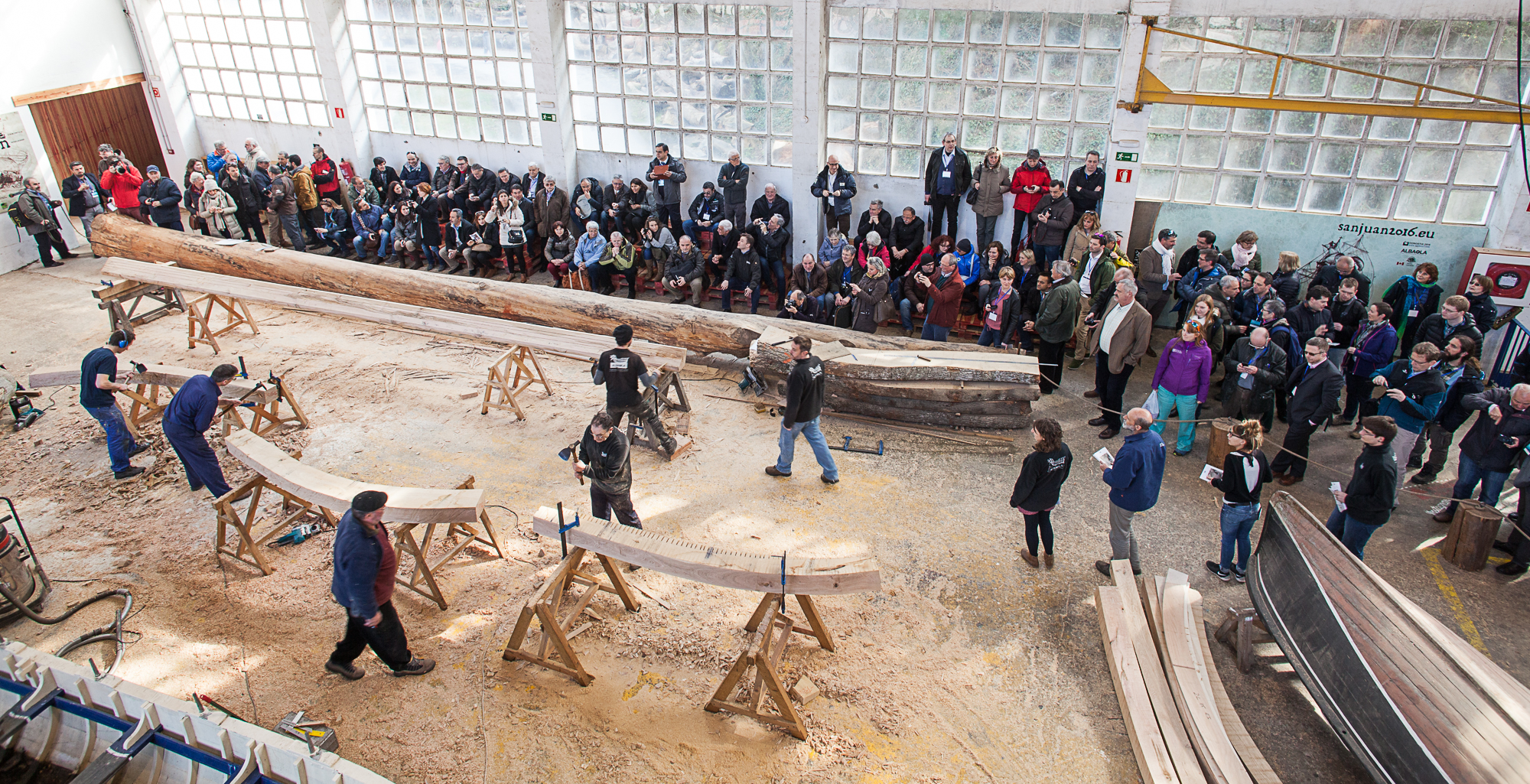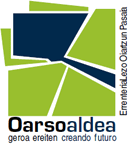
- Home
- Explore our area
- Our towns
- Pasaia
- Pasai Donibane
- Bizkaia District in Pasai Donibane
Bizkaia District in Pasai Donibane

It would seem that the name of this district dates back to 912, when Pedro of Bizkaia, one of the captains under Sancho Abarca, arrived in Pasai Donibane.
This was a shipbuilding area serving as a base for ships belonging to the Real Compañía Gipuzcoana de Caracas, founded in 1728. If the many Basques who set sail from this port traded intensely with the goods produced by Gipuzkoan ironworks, the arrival of wool from Burgos and Aragón and wine from Navarre travelling to Flemish, French and other European ports, and the creation of the Real Compañía Guipuzcoana de Caracas, led to the opening of routes between the Basque Country and America. The said company, which had as many as 20 ships sailing to ports in places like Caracas and Maracaibo, ceased to exist at this port in 1781. Names like those of the Captains Otazu, Yanci, Salaberria, Gandarias and others from Pasaia feature on the list of the people who worked for this company.
A few years later the "Real Compañía de Filipinas" was born, a company promoting trade between Asian countries and Pasaia for 30 years while similarly fostering local shipbuilding.
The loading and unloading of goods, building of ships with their carpenters, shipwrights, sail and rig makers, sailors on board ships, the shouts of people, the waiting of neighbours and traders for boats arriving from distant seas and the farewells of those setting sail, was an everyday sight in the Pasaia of the time.
The open space in which the premises corresponding to an important fishing industry were erected disappeared only a few years ago and is now used as a car park. On this spot we can observe a lovely building, considered to be the oldest still standing in Pasai Donibane, made in bare brick open to the sea air: Platain House.





















